We equipped with 4 coating chambers to provide various filters to our customers. For custom specifications, please talk to our coating engineers, we are more than happy to simulate the coating result for you. Contact us today, and find out our coating capability for your needs.
Our Fluorescence filter is a fluorescence imaging filter for biomedical and life science instruments, the key components, the main role is in the biomedical fluorescence analysis system for the separation and selection of substances in the excitation and emission fluorescence Of the spectral characteristics of the band. It is usually required that the filter cut-off depth be greater than OD5 (optical density, OD = -lgT). The core requirements for filters used in fluorescence detection systems are high cut-off steepness, high transmittance, high positioning accuracy, high cut-off depth, and excellent environmental stability.
Fluorescent filter is a combination of three, three are excitation filters, emission filters and dichroic filters.
Excitation Filter (Exciter Filter, Excitation Filter, Excitation Filter): In the fluorescence microscope, only the excitation wavelength of the filter can pass through the fluorescence. In the past, a short-pass filter was used, and now a band-pass filter is basically used. The housing is marked with arrows indicating the direction of propagation of the recommended light.
Emission Filter (Emitter Filter, Emitter): Select and transmit the fluorescence emitted by the sample, the other range of light cut-off. The wavelength of the emitted light is longer than the wavelength of the excitation light (closer to red). A band-pass filter or a long-wave-pass filter may be selected as the emission filter. The housing is marked with arrows indicating the direction of propagation of the recommended light.
Dichroic Mirror (Dichromic Beamsplitter, Dichromatic Beamsplitter): also known as dichroic mirrors or dichroic mirrors. And placed at an angle of 45 ° to the optical path of the microscope. This filter reflects one color of light (excitation light) and transmits another color of light (emitted light), the reflectivity of the excitation light is greater than 90% and the transmittance of the emitted light is greater than 90%. The impervious portion of the spectrum is reflected rather than absorbed. Filter in the transmitted light and reflected light color complement each other, and thus also known as dichroic filters.
Our fluorescence filters are designed for fluorescence imaging applications, with durability in mind and high-performance optical specifications in manufacturing. The filter substrate is made of quartz, which can achieve 1/10 lambda surface accuracy, while the thermal expansion coefficient of quartz is relatively small, can obtain higher image quality.
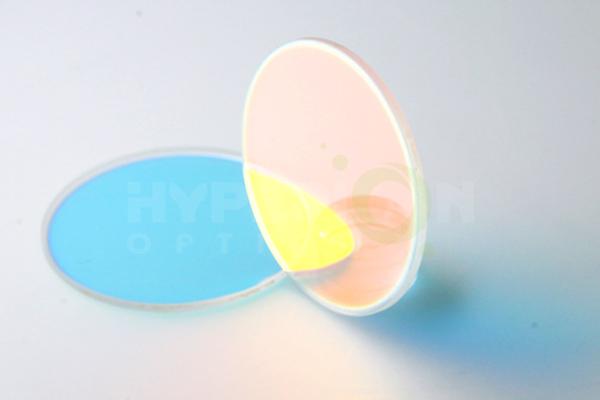
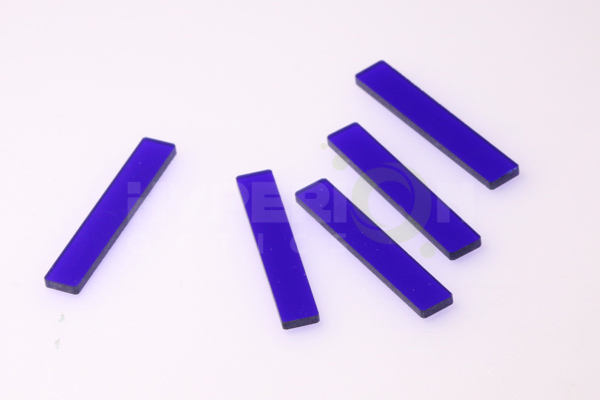
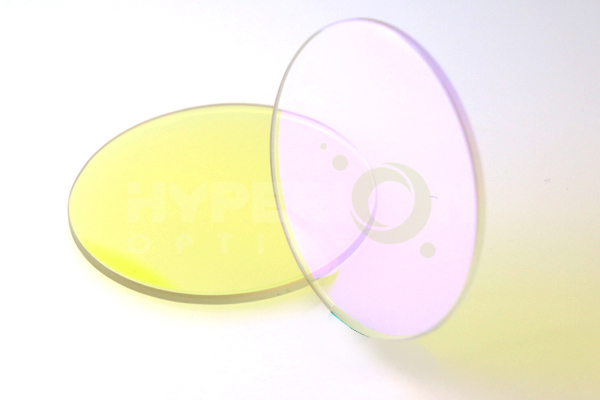
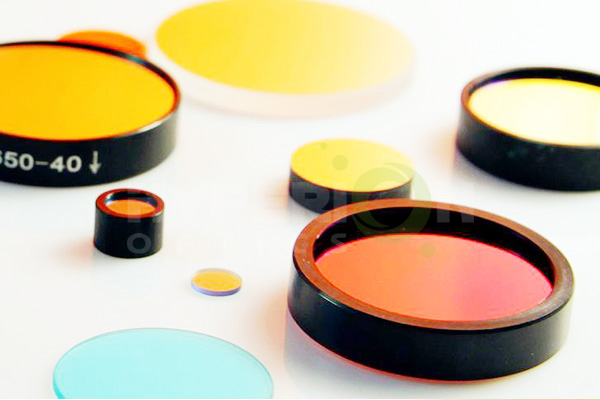
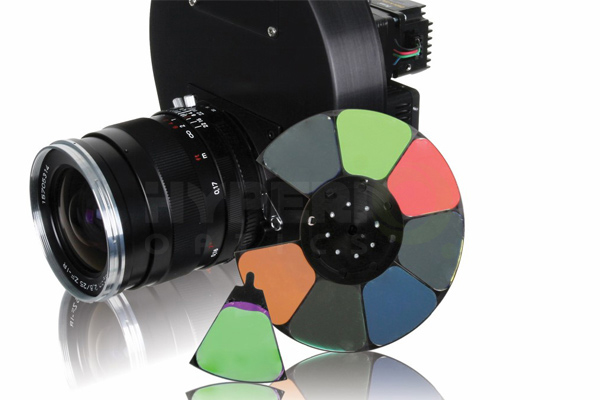
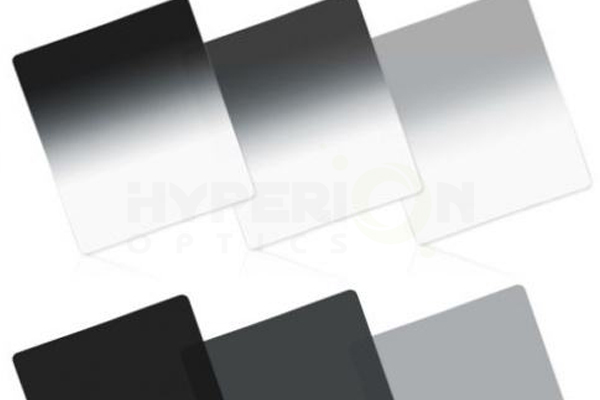
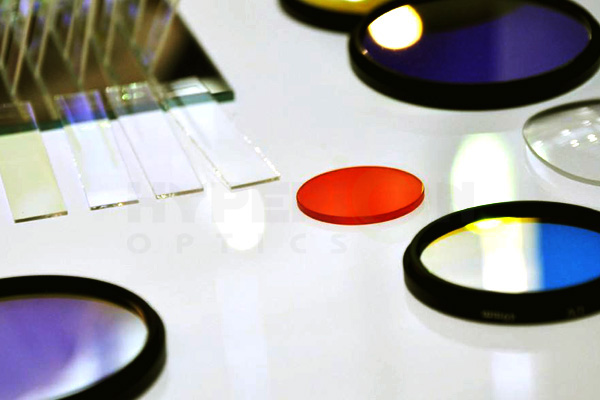
The filter is an optical device used to select the required radiation band, generally divided into two types. The color filter, which is a kind of flat glass or bright film of various colors, has hundreds angstroms of transmission bandwidth, and it can be used to measure light or load in a star spectrograph to isolate the overlapping spectra. Its main feature is that the size can be quite large. The other is thin film filter, which can be divided into thin film absorption filter and thin film interference filter. The former is based on a specific sheet of material, using chemical etching to make the absorption light exact at the required wavelength. One commonality of the filter is that there is no filter to make the imaging of the object brighter, because all the filters will absorb certain wavelengths to make things darker.
The filter is made of plastic or glass added with a special dye, and the red filter only allows red light to pass through, and so on.The refractive index of the glass is similar to that of air, all colored light can pass, so it is transparent. But after dyeing, the molecular structure is changed, so is the refractive index, and the passage of certain colored light changes too. For example, a beam of white light passes through a blue filter and emits a beam of blue light, while the green light and red light are rare, most of them are absorbed by filters. The filter acts as a monochromator to filter out light within a certain wavelength range.
The optical filter mainly has the following functions:
1. The use of the green-yellow color filter with the achromatic lens can make the aberration get the maximum correction.
2.For apochromatic objective, we can use blue color filter to improve the resolution ratio because the wavelength of blue light is shorter than green-yellow light.
3.Weakening the intensity of the light source. In addition to the usual green-yellow filters, the new microscope has a grey neutral density filter. It can be used to reduce the intensity of incident light without changing the other characteristics of incident light. It is better to use inconel alloy to form evaporation precipitation film on glass. It can be made with different light transmittance according to the need, and its transmittance can range from 80% to 0.001%.
It can be widely used in fluorescence analyzer, the upgrading of cable television equipment, wireless transmission equipment, cell phone barcode scanning, filter, infrared electronic whiteboard, the infrared camera, infrared touchscreen, iris recognition, infrared ink identification, red membrane recognition, face recognition sensor system, and other fields like hand-held infrared laser rangefinder, laser rangefinder, optical instrument, health equipment and testing instrument.
How to clean the surface of the filter? All optical elements are precise and should be kept as carefully as possible without touching the surface. If the surface of the filter is stained for a long time, it should be cleaned according to the following methods:
1. Remove dust from the surface with oil-free air or nitrogen.
2. Put on dust-free finger sleeve, wet towel with anhydrous ethanol (or similar solvent), drag the edge of the towel and move in a single direction on the surface of the filter. Try to be as light as possible during the cleaning process, and too much pressure may damage the surface of the filter. The purpose of using the solvent is to dissolve the sticky attachment in the surface of the narrow band filter.
 Call us on:
Call us on:  Email us:
Email us:  R&D Center: Aoti Street #68 Building 4A 405 International R&D park, Nanjing
R&D Center: Aoti Street #68 Building 4A 405 International R&D park, Nanjing









 English
English  cn
cn  de
de  es
es  fr
fr 


